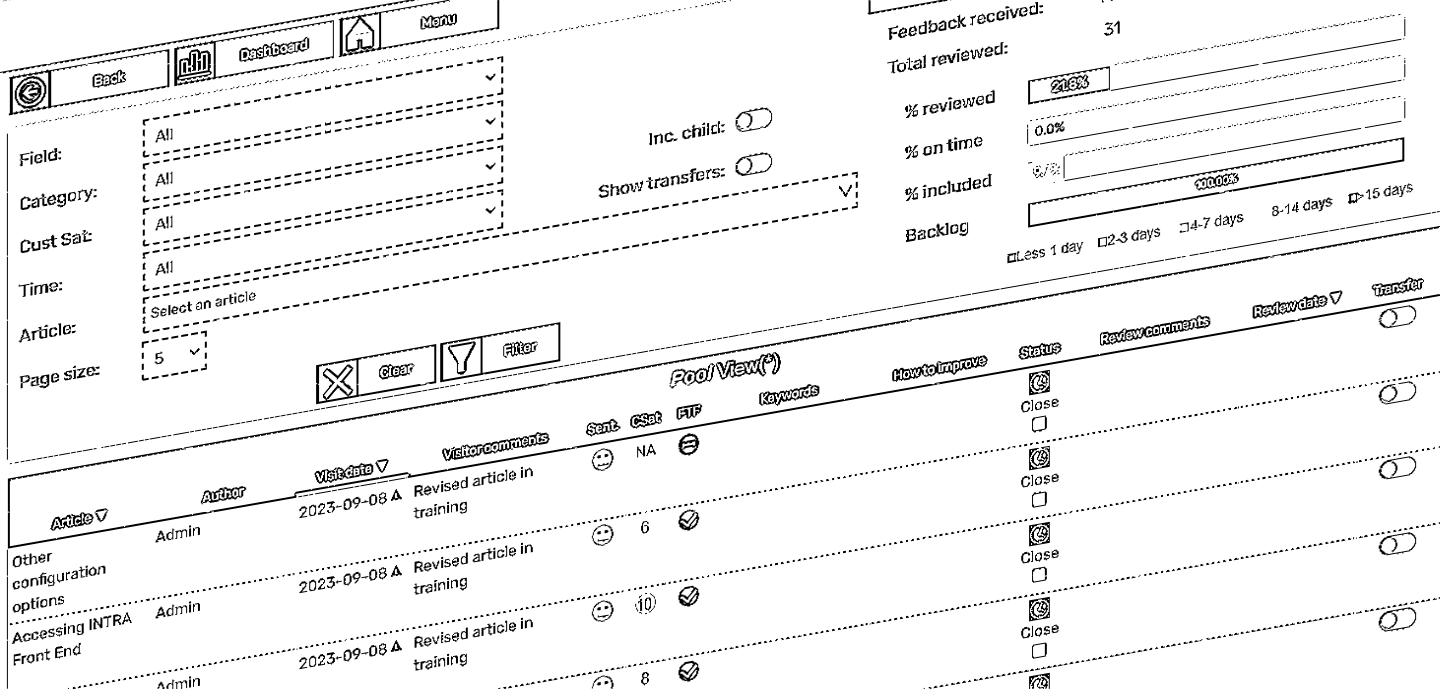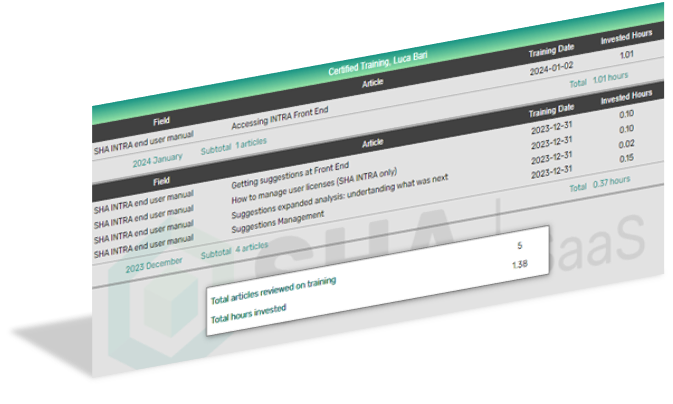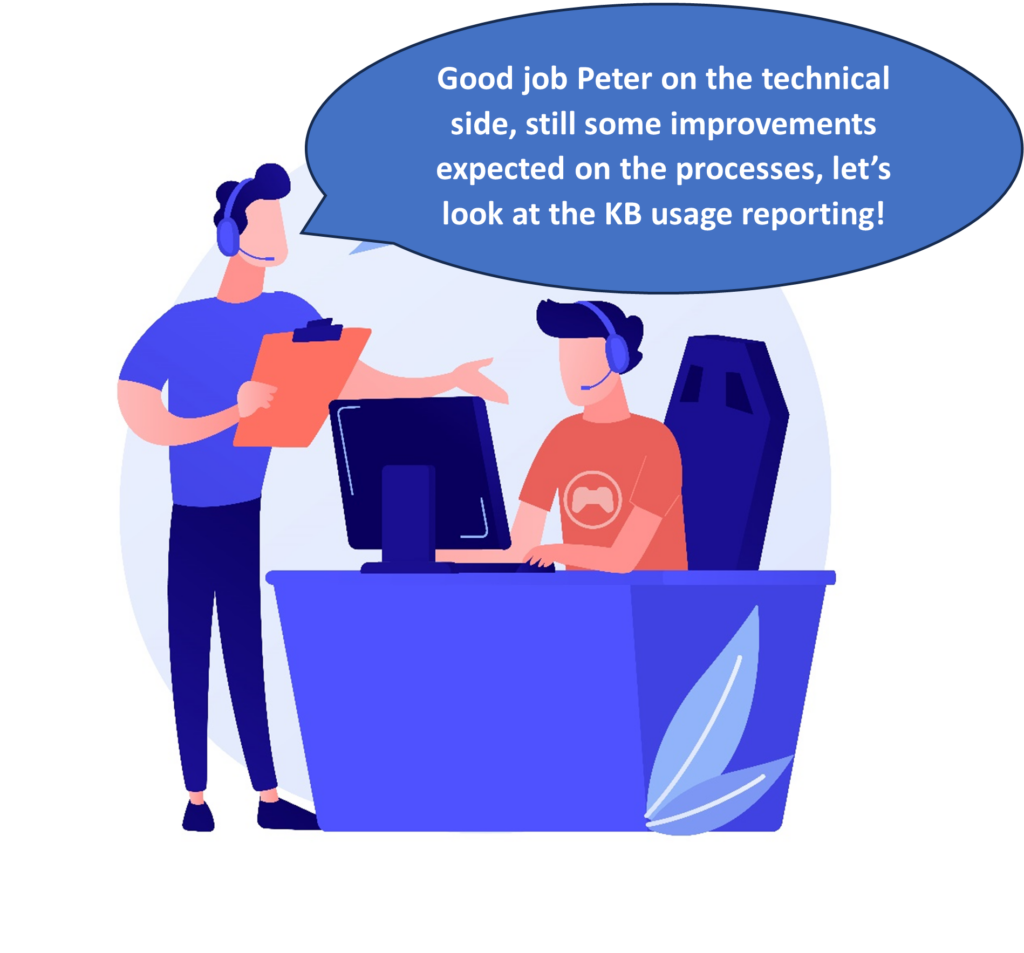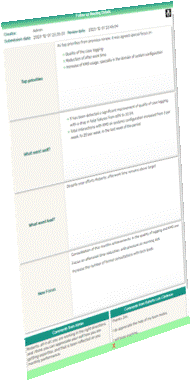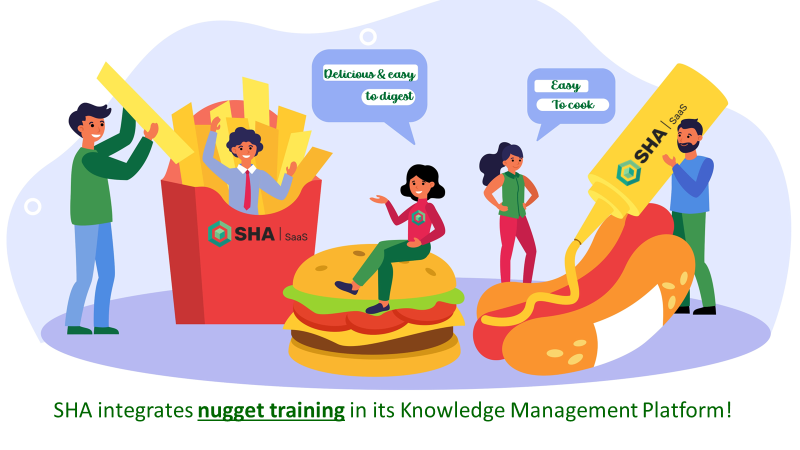Il est à présent reconnu que la mise en place d’une Gestion de la Connaissance en Entreprise joue un rôle critique dans la création de valeur, chaque équipe et chaque individu ayant un impact direct sur la performance de l’organisation. Ces effets bénéfiques prennent une autre dimension si l’on se place dans un contexte international, ce qui est de plus en plus le cas pour les entreprises.
Pour les organisations multinationales, la Gestion de Connaissance offre de multiples bénéfices qui contribuent à l’efficacité, à l’innovation et à la compétitivité globale de l’entreprise. Sans même évoquer le débat sur comment positionner le curseur de la centralisation, l’utilisation d’une plateforme commune pour la Gestion de Connaissance est primordiale.
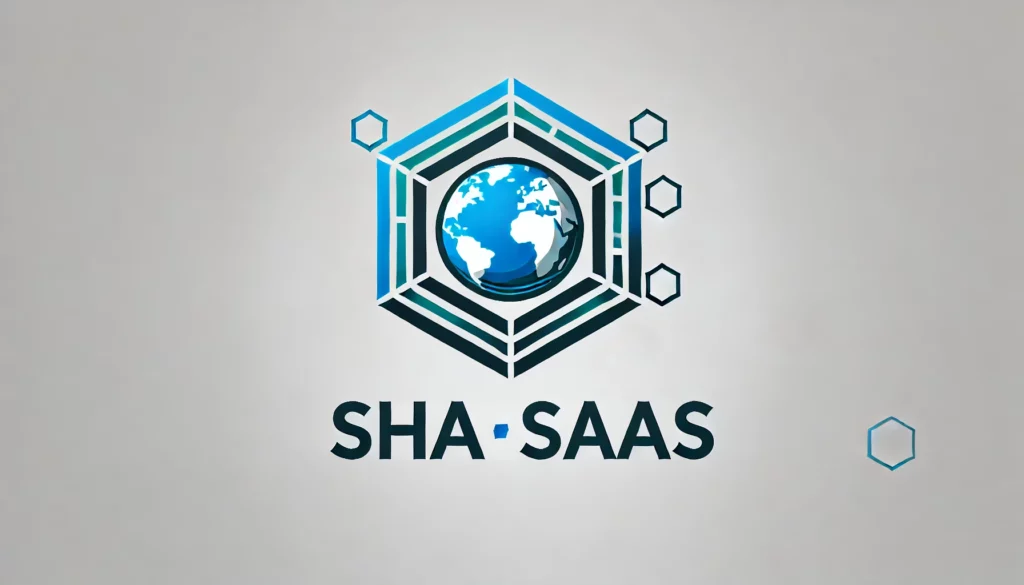
Sans rentrer dans l’exhaustivité des bénéfices apportés, nous allons nous focaliser sur les avantages qu’apporte une Gestion Globale de la Connaissance d’Entreprise :
1) UNE ORGANISATION.
Bien que rarement perçus par les structures strictement locales, les bénéfices associes à une Gestion Globale de la Connaissance peut se décliner de la façon suivante :
- Homogénéité des processus : tous les employés suivent les mêmes politiques et procédures, ce qui garantit l’uniformité et la qualité du produit/service.
- Normalisation et meilleures pratiques : mise en œuvre facile de normes et de pratiques communes au niveau mondial.
- « Local Touch » : l’utilisation d’une plateforme de gestion appropriée permet la « localisation » des connaissances, s’intégrant parfaitement dans le suivi et le « reporting ».
2) AMÉLIORATION DE L’INNOVATION : QUI SAIT PLUS et MIEUX, PARTAGE PLUS et MIEUX
En principe, les connaissances peuvent être créées de manière centralisée, mais leur amélioration se fera également de manière décentralisée, en fonction de l’expérience.
- Optimisation des ressources : facilite l’identification et la mobilisation d’experts et de talents au niveau mondial pour résoudre des problèmes spécifiques ou des projets stratégiques.
- Partage : Facilite l’échange d’idées, d’innovations et de meilleures pratiques entre les différentes parties de l’organisation, favorisant une culture d’apprentissage continu.
- Collaboration mondiale : améliore la collaboration entre les équipes de différents pays, ce qui peut conduire à des solutions plus créatives et innovantes.
- Économies d’échelle : réduire les coûts d’exploitation en consolidant les fonctions et les ressources, en éliminant les redondances et en tirant parti de la technologie.
3) ADAPTABILITÉ ET RAPIDITÉ DE RÉPONSE.
Si en local, la performance des outils numériques est critique pour leur acceptabilité par les équipes d’une entreprise, il apparait évident que ce facteur performance se retrouve encore plus sensible en environnement international. Un système de Gestion de Connaissance Global se doit de fournir :
- Facilite l’adaptation aux changements de l’environnement commercial mondial d’une manière plus agile et cohérente.
- Vitesse de diffusion : Permet la communication instantanée des changements apportés aux politiques, aux procédures ou à toute autre information pertinente.
- Gestion de crise : Permet une réponse coordonnée et efficace aux situations de crise, en intégrant des protocoles et des plans d’action dans le système de gestion des connaissances.
4) DÉVELOPPEMENT ORGANISATIONNEL.
Le développement et la rétention active des personnes et des équipes est vital pour garantir la survie à long terme des entreprises, car ils leur permettront de s’adapter aux changements auxquels elles seront confrontées au fil du temps.
- Formation et perfectionnement : facilite la mise en œuvre de programmes de formation et de perfectionnement professionnel, gérés collectivement ou individuellement, qui renforcent le perfectionnement professionnel.
- Rétention des talents : aide à retenir les connaissances au sein de l’organisation, même en cas de roulement de personnel, en disposant d’une plateforme d’information et d’expérience.
- Respect des différences culturelles et des spécificités locales sur les modes et règles d’apprentissage. Cela est possible avec une plateforme de Gestion de la Connaissance d’Entreprise Globale.

5) CONTRÔLE ET SÉCURITÉ
Au même titre que la performance, les aspects contrôle et sécurité d’outils numériques réclament une vigilance totale en environnement global :
- Gestion de la qualité : permet une supervision plus stricte et centralisée des processus de qualité, minimisant les risques et maximisant la conformité réglementaire.
- Protection des données : Assure une gestion plus sûre et contrôlée des informations sensibles, conformément aux réglementations internationales en matière de protection des données.
- Analyse centralisée : Améliore la capacité d’analyse et de surveillance de l’organisation grâce à des données consolidées, permettant une meilleure identification des tendances et des opportunités.
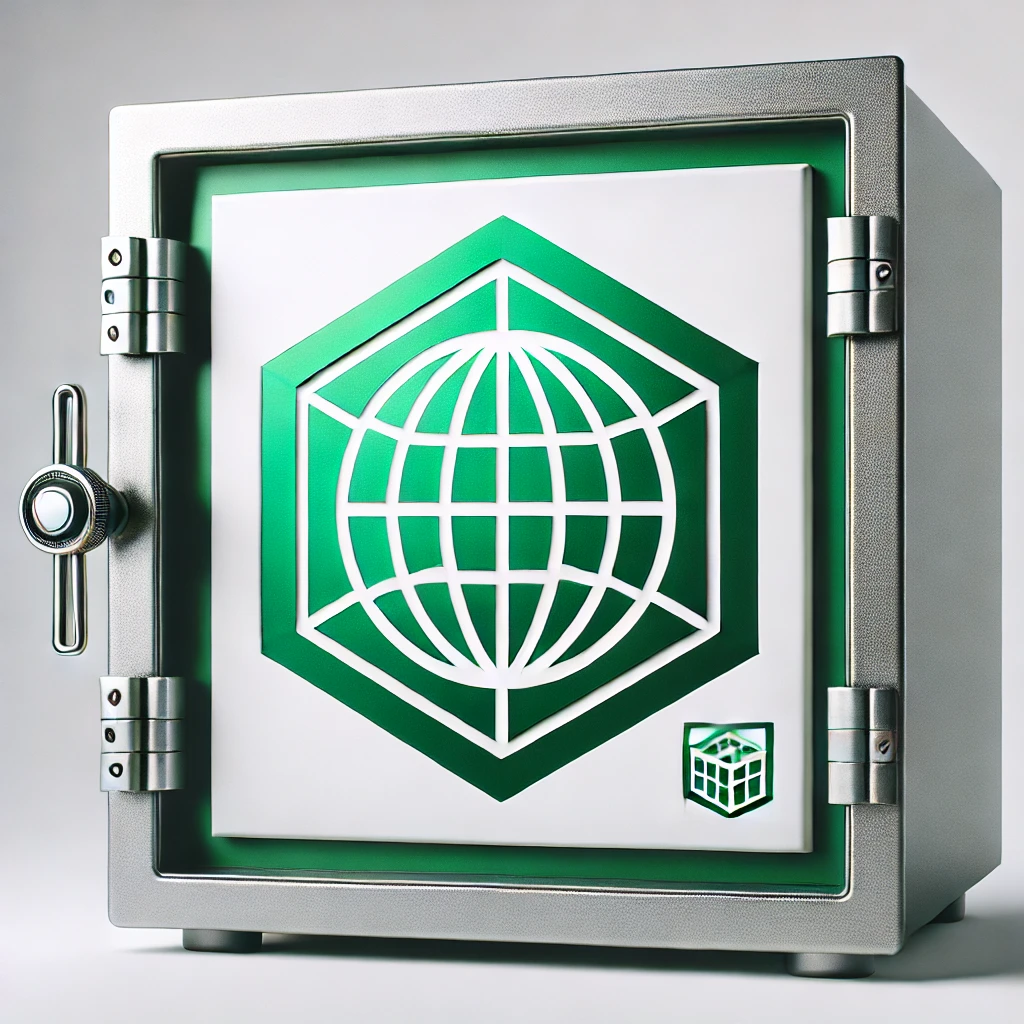
Pour plus d’information, contactez nous sur: /https://sha-saas.com/contact-us/
